The official class of amphibians is Amphibia. Amphibians are vertebrates that require water to survive, are cold-blooded, and spend time both on land and in water. Though other animals only live on land or in the water, amphibians have the unique ability to thrive equally in both. Amphibians cover over 6,000 different species across the globe, but about 90% are frogs.
The 7 Amphibians Characteristics – Listed
Amphibians, like any animal group, have unique traits that are unique to their classification. If you aren’t sure if the animal is an amphibian, check out this list of amphibians characteristics.
- External egg fertilization. When it comes to reproduction, amphibians don’t require mating before they release clear eggs with a jelly-like texture. Instead, their eggs are fertilized after. During metamorphosis, amphibians develop fair beyond this state.
- Grows 4 legs as an adult. While there are a few exceptions, the majority of amphibians have four legs. Scientists believe that their evolution from the lobe-finned fish is likely why they still require a wet environment.
- Cold-blooded. Like reptiles and fish, the amphibian is cold-blooded, which means that it matches its internal temperature to the temperatures around it. In doing so, these animals prevent their environment from damaging their body. Find out all the differences that separate amphibians vs. reptiles here!
- Carnivorous appetite. The average frog or salamander may not indulge in large game, but every amphibian is a carnivore. Anything that they can swallow will become their dinner if it is small enough. Some species of toads will even eat mice.
- Primitive lungs. Due to the evolution that occurs with every amphibian during metamorphosis, their lungs change as well. They must function as gills while the animal is still underwater, but they allow the animal to breathe through the skin directly as adults.
- Lives on water and land. When amphibians are born, they will start their life in the water. However, their natural evolution leads them to live primarily on land. Whether in water or on land, these animals must have a moist environment.
- Vertebrates. Every single amphibian, regardless of its small beginnings, has a backbone. This backbone begins as cartilage, changing as the rest of the organs go through a metamorphosis as well.
Amphibians also do not have any scales, unlike the closely-related reptiles.
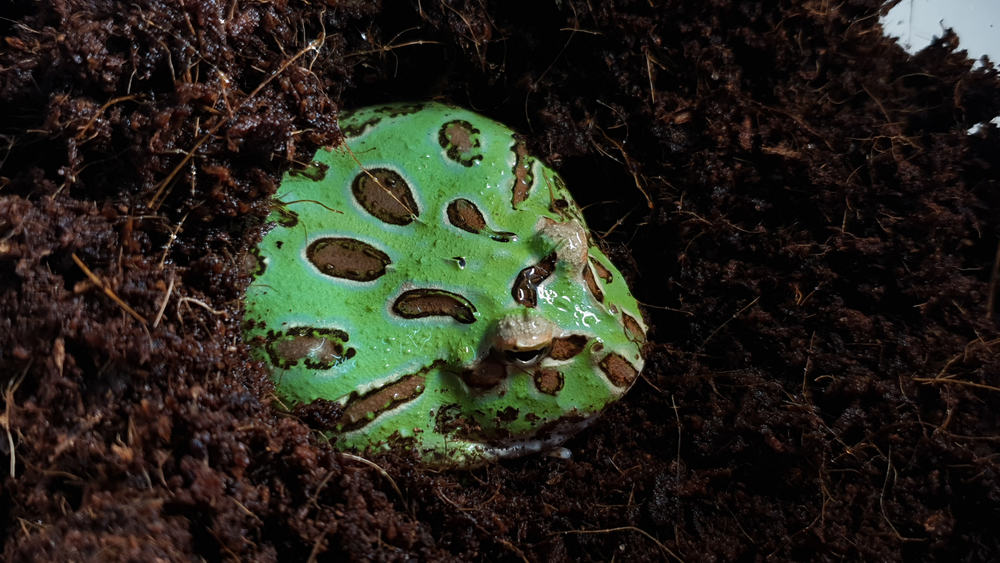
Frogs are one type of amphibian.
©Nidal Haiqal/Shutterstock.com
Amphibian Exceptions
Like any animal class, there are a few amphibians that don’t quite fit the mold. For instance, though many amphibians develop four legs to walk around on land, there are a few that don’t – caecilians, sirens, and amphiumas.
Any caecilian species have more than this simple exception. Along with their lack of legs, these amphibians also have no underwater stage in their life and will release live young during reproduction, rather than expel unfertilized eggs. They can be viviparous, growing their young inside eggs in the body (like pregnancy).
Different Types of Amphibians
There are three types of amphibians – anura, apoda, and urodela.
- Anura: Also called Salientia, this group primarily includes toads and frogs, making them one of the most significant orders of the class.
- Apoda: As the least familiar of orders, this group of amphibians primarily covers caecilians, which live in the ground and streams.
- Urodela: These amphibians include newts and salamanders with tails and a long yet thin body. They also have fewer bones in the skull.
Types of Amphibians

African Bullfrog
The African bullfrog is one of only three species of frog that have “teeth.”

African Clawed Frog
African clawed frogs were used as pregnancy testers from the 1930s to the early 1960s.
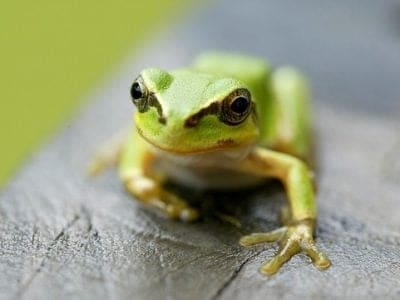
African Tree Toad
Found in tropical moist lowland forests!
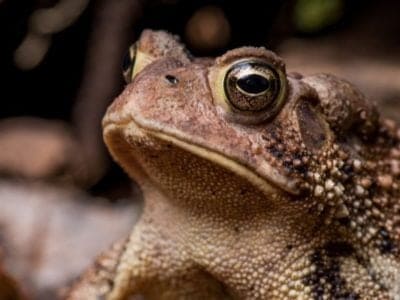
American Toad
They secrete a milky poisonous liquid that can make many animals sick.
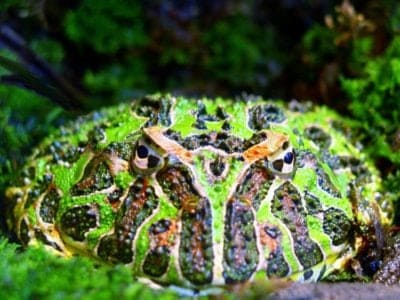
Argentine Horned Frog
Natively found in South America!
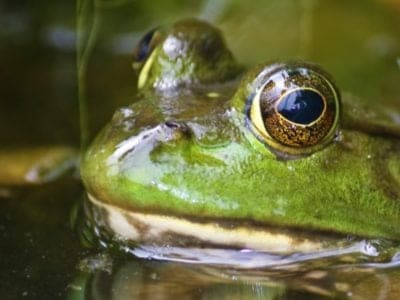
Bullfrog
Has loud cow-like calls!
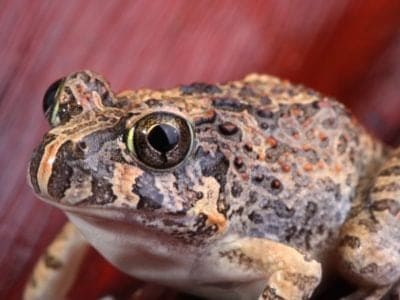
Burrowing Frog
Found close to marshes, streams and lakes!

Caecilian
Some species' babies use their hooked or scraper-like teeth to peel off and eat their mother's skin
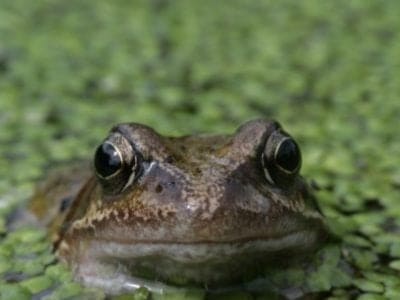
Common Frog
Found throughout the European continent!
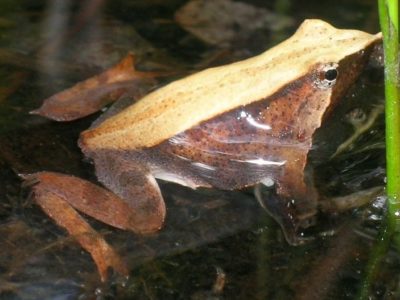
Darwin’s Frog
Camouflages itself as a dead leaf!
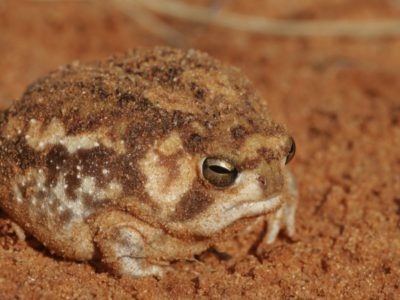
Desert Rain Frog
The desert rain frog doesn't hop

Edible Frog
Are known to guard the muddy banks!
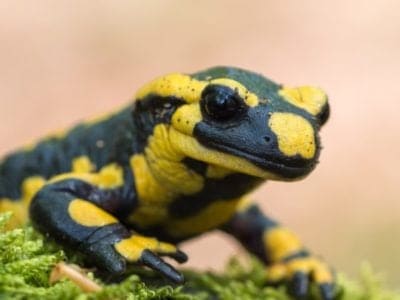
Fire Salamander
Its name comes from the fact that people once believed it was born in fire
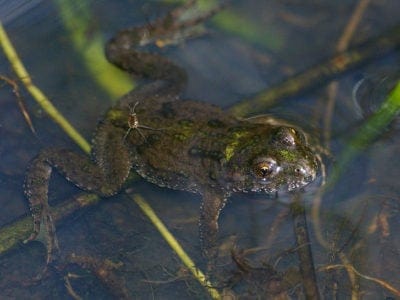
Fire-Bellied Toad
Found across mainland Europe and Asia!

Frog
There are around 7,000 different species!

Giant Salamander
Cryptobranchus giant salamanders breathe mostly through their skin.
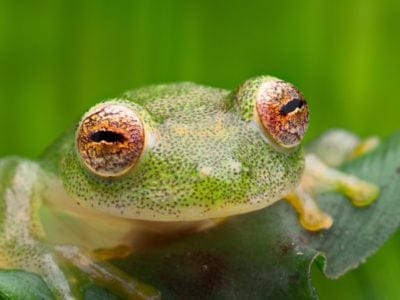
Glass Frog
You can see their internal organs.

Goliath Frog
Does not have a vocal sac.

Gray Tree Frog
This frog can "freeze" itself by making glycerol that becomes glucose, which acts like antifreeze and stops its heartbeat and breathing!
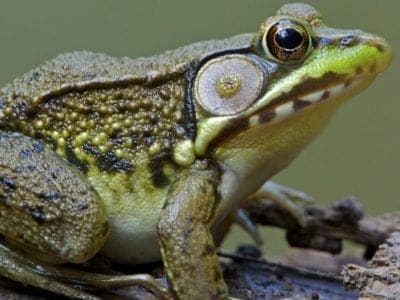
Green Frog
Green frogs will eat any animal that they can fit in their mouth.
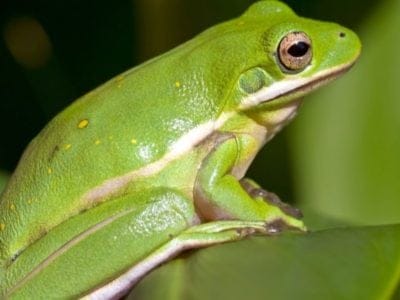
Green Tree Frog
Green tree frogs breathe through their skin
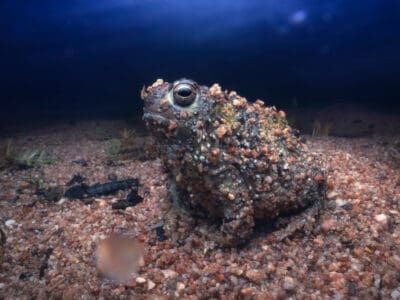
Holy Cross Frog
The holy cross frog has a cross-shaped colored pattern on its back.
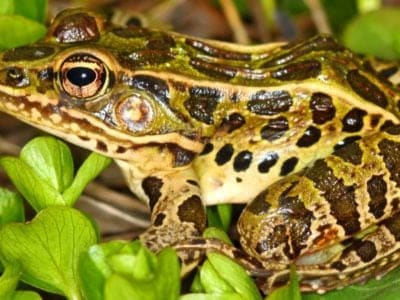
Leopard Frog
They can jump up to three feet
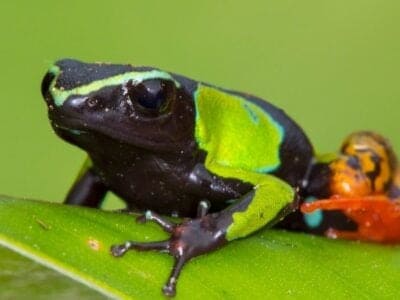
Mantella Frog
Some of the smallest and most brightly colored frogs in the world
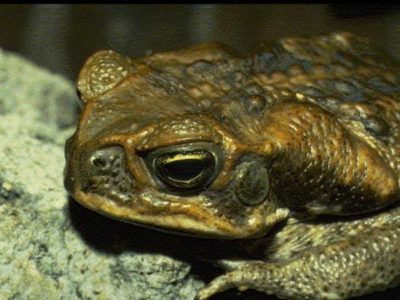
Marine Toad
Produces a toxin used in arrow darts!

Marsh Frog
Has bright green skin!

Monte Iberia Eleuth
The smallest frog in the Northern Hemisphere!
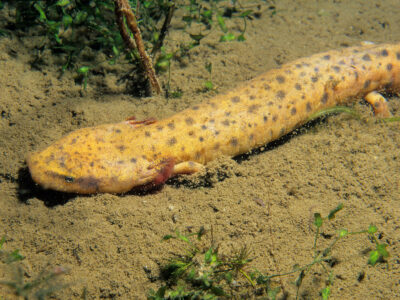
Mudpuppy
Mudpuppies never leave their larval stage. This is called neoteny.

Natterjack
Can lay up to 7500 eggs

Newt
Able to regrow lost or damaged limbs!

Oak Toad
The toad doesn't hop.
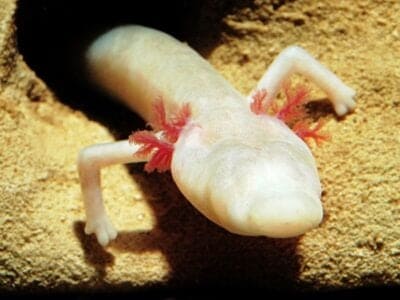
Olm
Inhabits dark underwater caves
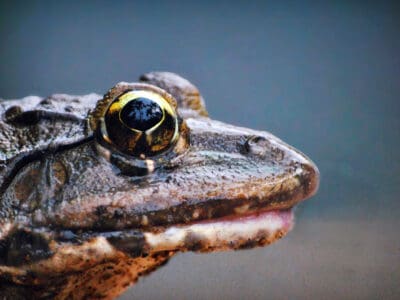
Oregon Spotted Frog
Oregon spotted frogs are the most endangered frogs in Canada!
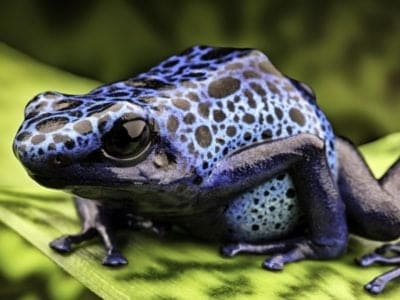
Poison Dart Frog
Inhabits the jungles of Central and South America!
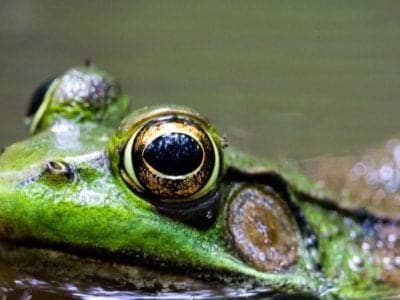
Pool Frog
The rarest amphibian in the UK!
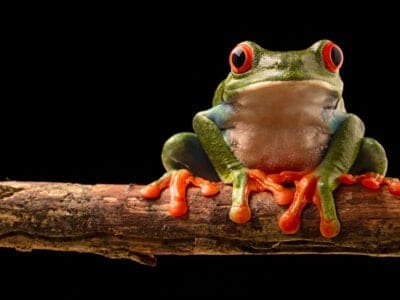
Red-Eyed Tree Frog
Despite their spectacular coloration, red-eyed tree frogs aren’t poisonous and can be kept as pets.

Salamander
There are more than 700 different species!
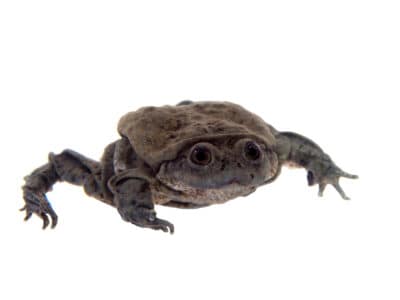
Scrotum Frog
The frog's ears are underdeveloped, and if it hears it probably does so through its lungs.

Sehuencas Water Frog
Thought extinct in the wild from 2009 to 2019

Spadefoot Toad
They spend most of their time underground!
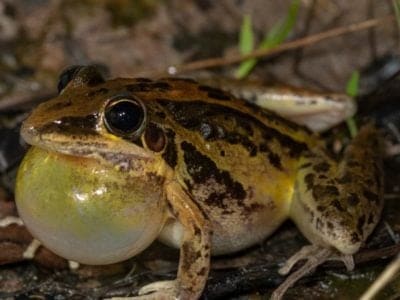
Striped Rocket Frog
Long powerful hind legs!

Tiger Salamander
Found across the North American wetlands!

Tree Frog
Found in warmer jungles and forests!
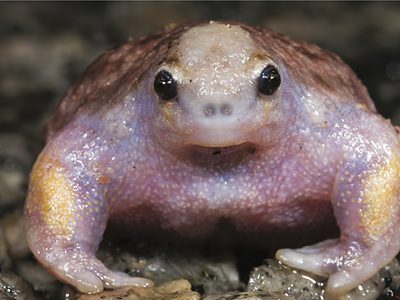
Turtle Frog
A turtle frog can eat more than 400 termites in a single meal.
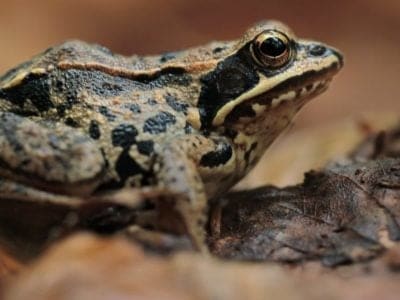
Wood Frog
The wood frog lives the furthest north of any other North American amphibian including in the Arctic Circle.
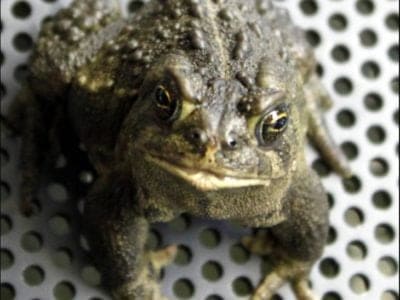
Wyoming Toad
Releases poison from neck glands for defense!
List of Amphibians
- African Bullfrog
- African Clawed Frog
- African Tree Toad
- American Toad
- Argentine Horned Frog
- Bullfrog
- Burrowing Frog
- Caecilian
- Common Frog
- Darwin’s Frog
- Desert Rain Frog
- Edible Frog
- Fire Salamander
- Fire-Bellied Toad
- Frog
- Giant Salamander
- Glass Frog
- Goliath Frog
- Gray Tree Frog
- Green Frog
- Green Tree Frog
- Holy Cross Frog
- Leopard Frog
- Mantella Frog
- Marine Toad
- Marsh Frog
- Monte Iberia Eleuth
- Mudpuppy
- Natterjack
- Newt
- Oak Toad
- Olm
- Oregon Spotted Frog
- Poison Dart Frog
- Pool Frog
- Red-Eyed Tree Frog
- Salamander
- Scrotum Frog
- Sehuencas Water Frog
- Spadefoot Toad
- Striped Rocket Frog
- Tiger Salamander
- Tree Frog
- Turtle Frog
- Wood Frog
- Wyoming Toad
Amphibians: Different Types, Definition, Photos, and More FAQs (Frequently Asked Questions)
What are amphibians?
Amphibians are cold-blooded vertebrates that start their life in water before sprouting legs and walking on land. They have no scales, and they are carnivores. During reproduction, they release eggs that are fertilized outside of the body.
What animals are amphibians?
Most amphibians are frogs. However, this classification also includes toads, newts, salamanders, and related animals.
What is the largest amphibian in the world?
The Chinese giant salamander is bigger than any known amphibian worldwide. Though five different species are covered under this name, the largest one was found in the 1920s, measuring 5.9 feet long.
What is the smallest amphibian?
The microhylid frog is the smallest amphibian. Found in New Guinea, it only is 7.7 mm in length, and it was recently discovered in 2012.
What are the 7 main characteristics of amphibians?
Amphibians have a backbone, are cold-blooded, need a moist place to live, can breathe air through their skin, externally fertilize their eggs, eat meat, and grow legs when they mature.
What are the different types of amphibians?
There are three main types of amphibians – anura, apoda, and urodela.
Are turtles amphibians?
No. Turtles are reptiles.
What are the differences between reptiles and amphibians?
While both of these animal classes are cold-blooded vertebrates, only amphibians can live part of their life in the water and part of it on land. Reptiles have a scaly skin, while amphibians have smooth skin. They even breathe differently – reptiles have lungs, while amphibians breathe through their skin.
Thank you for reading! Have some feedback for us? Contact the AZ Animals editorial team.



